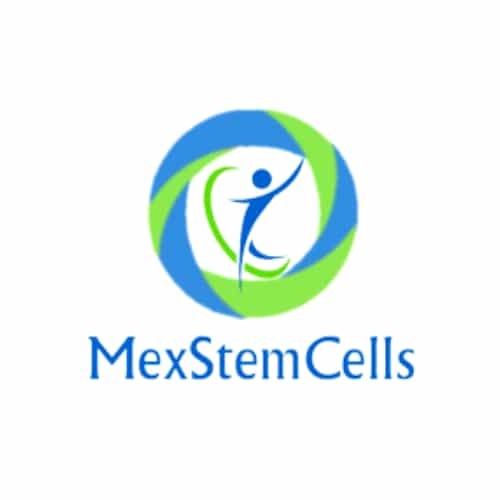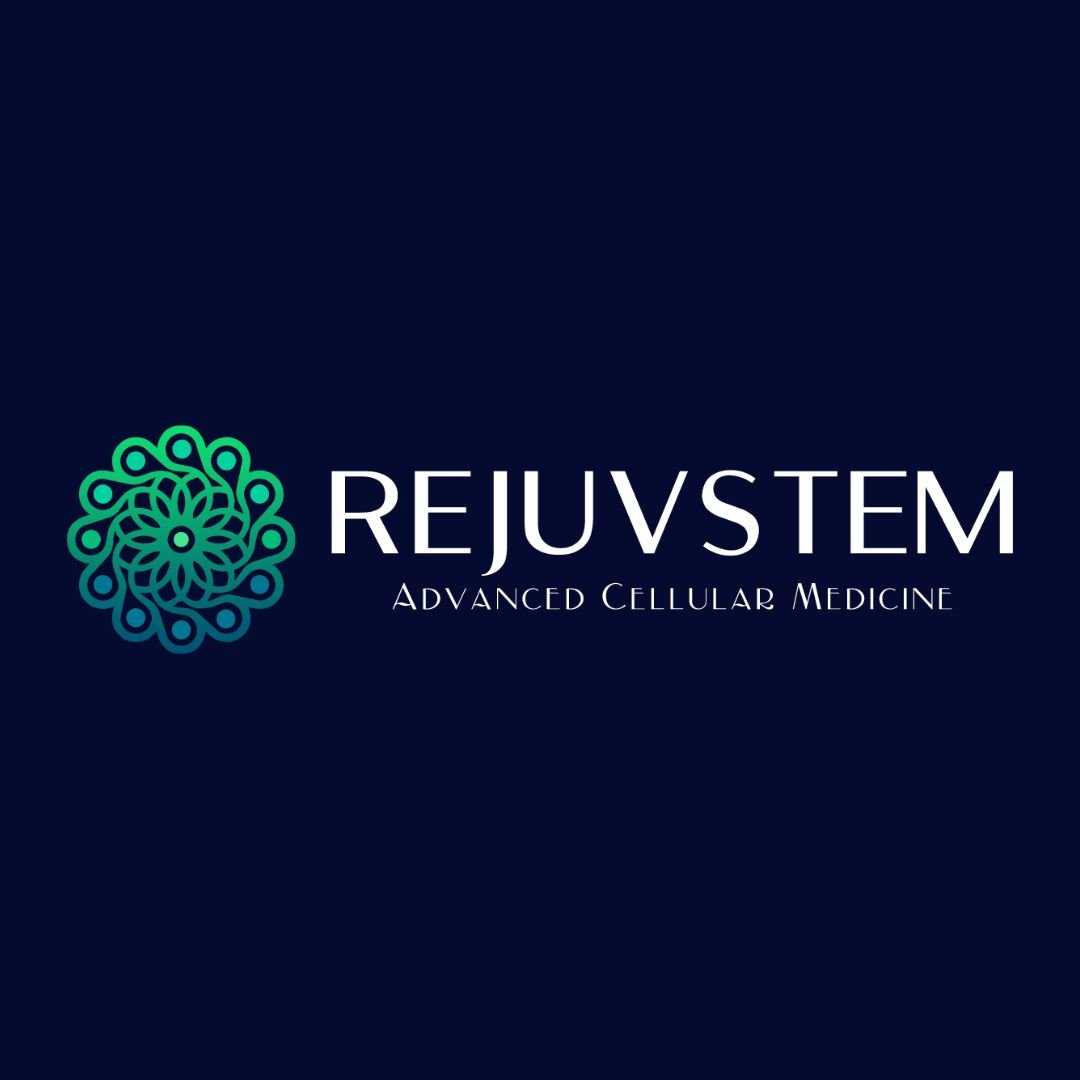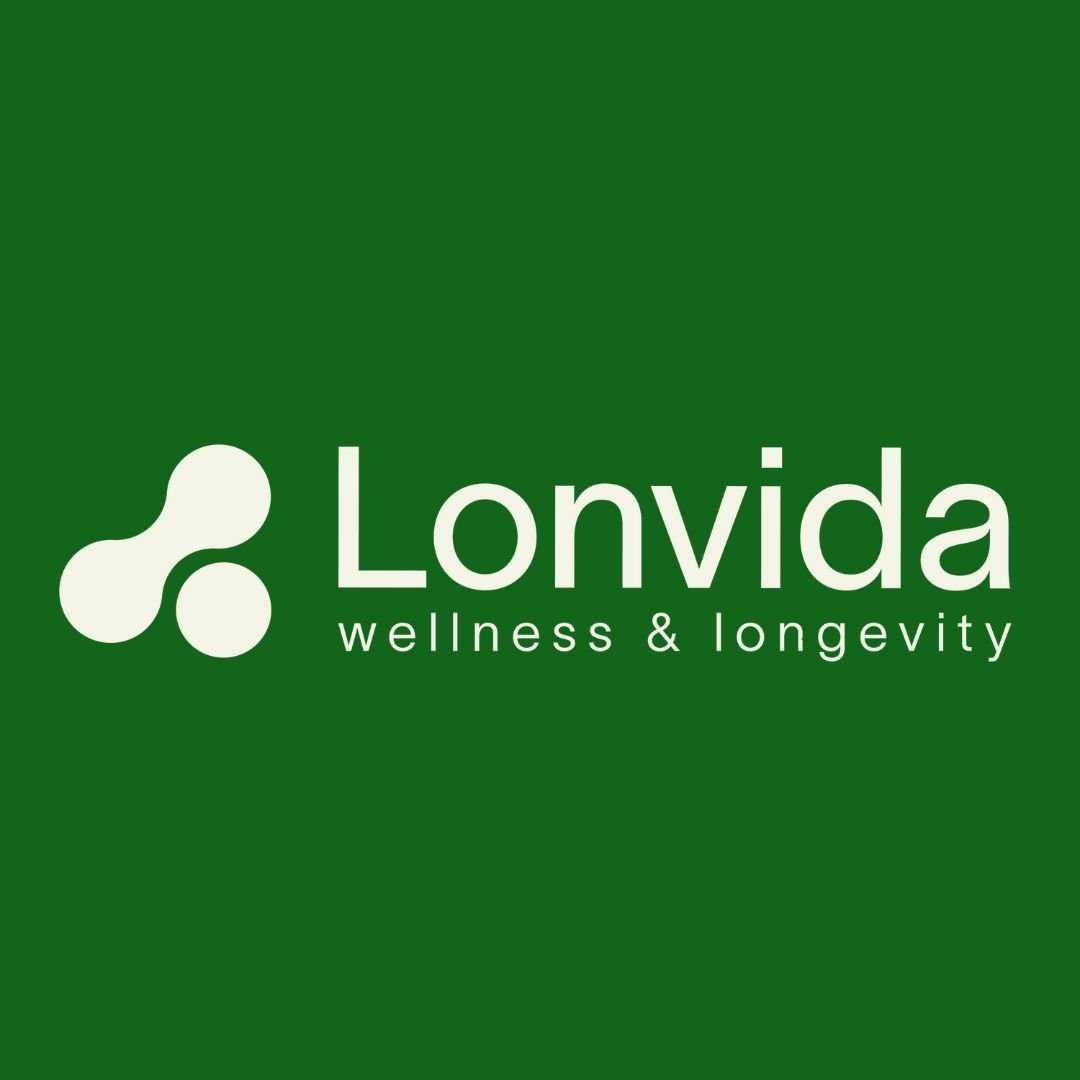Stem Cell Tourism in Mexico: Why It’s Gaining Global Attention
.png)
If you've been exploring advanced medical treatments, you've likely come across the growing trend of individuals seeking stem cell therapy in Mexico. It's a topic that sparks a lot of interest, and for good reason. Mexico has emerged as a prominent destination for those looking into regenerative medicine, particularly for conditions where traditional treatments might have fallen short. The appeal isn't just a single factor but a combination of reasons that make it a compelling choice for many patients worldwide.
The decision to travel for medical care, often called medical tourism, is a significant one. When it comes to stem cells, Mexico offers a unique landscape. This includes regulations that allow for a broader scope of treatments, often at a more accessible price point than in some other nations. Patients frequently report a sense of hope and renewed possibility when considering these options, driven by the potential for improved quality of life and symptom management for a variety of conditions, from autoimmune disorders to neurological issues.
Why are Stem Cell Regulations Different in Mexico?
The regulatory framework surrounding stem cell therapy varies significantly from country to country. In Mexico, the government's approach to regenerative medicine is generally more permissive than in places like the United States, Canada, or European Union nations. While many countries maintain strict regulations on what constitutes an approved stem cell treatment—often limiting it to therapies that have completed rigorous, multi-phase clinical trials—Mexico has adopted a more accommodating stance.
This difference means that clinics in Mexico can legally offer a wider array of stem cell treatments, including those considered experimental or unapproved in other countries. This doesn't necessarily mean a lack of oversight, but rather a different philosophical approach to medical innovation. Mexican authorities often allow clinics to provide therapies based on a physician's discretion and scientific evidence, even if they haven't gone through the lengthy and expensive FDA approval process. This allows patients to access therapies for conditions that might not have available options in their home country.
What is the Cost of Stem Cell Therapy in Mexico?
One of the primary driving factors for medical tourism to Mexico, especially for advanced treatments like stem cell therapy, is the significant cost savings. The expense of regenerative treatments in countries with more stringent regulations can be prohibitive for many, often reaching tens of thousands of dollars, sometimes even exceeding $100,000 for complex cases. In contrast, clinics in Mexico can offer similar or even more extensive treatments at a fraction of that cost.
Several factors contribute to this cost differential, including lower operational expenses for clinics, reduced insurance complexities, and a different economic structure. Patients can often receive comprehensive stem cell treatments, including consultations, procedures, and sometimes even follow-up care, for a price that is considerably more affordable. This makes life-changing therapies accessible to a broader population, removing a major financial barrier that prevents many from seeking these innovative treatments.
Is Stem Cell Therapy Legal in Mexico?
For individuals considering stem cell therapy in Mexico, understanding its legal status is crucial. The good news is that stem cell therapy is legal in Mexico, operating under the oversight of COFEPRIS, which is the equivalent of the FDA in the United States. COFEPRIS regulates healthcare services, including regenerative medicine, ensuring that clinics meet specific standards for patient safety and ethical practices.
While the regulatory environment is more permissive than in some other nations, it is not unregulated. Reputable clinics offering stem cell treatments must be licensed and follow established guidelines regarding the sourcing, processing, and administration of stem cells. Patients should always verify that the clinic they choose operates legally and transparently, adhering to all local and national health regulations. This ensures a safer and more legitimate experience when pursuing stem cell treatments.
What Types of Conditions are Treated with Stem Cells in Mexico?
The broad regulatory landscape in Mexico allows for the application of stem cell therapies across an extensive range of medical conditions. Unlike regions where approvals are narrow, Mexican clinics often provide treatments for diseases affecting various body systems. This comprehensive approach means that patients with complex or chronic illnesses, who may have exhausted conventional treatment options, can find new hope in Mexico.
Common conditions targeted by stem cell therapy in Mexico include:
- Autoimmune diseases: Crohn's disease, rheumatoid arthritis, multiple sclerosis, lupus.
- Neurological disorders: Alzheimer's, Parkinson's, cerebral palsy, spinal cord injuries, stroke recovery.
- Orthopedic and joint conditions: Osteoarthritis, tendon injuries, cartilage regeneration.
- Cardiovascular issues: Heart failure, ischemic disease.
- Chronic inflammatory conditions: COPD, diabetes complications.
This wide scope is a significant draw, enabling patients to explore regenerative options that might not be available in their home countries.
How Safe is Stem Cell Treatment in Mexico?
Safety is a paramount concern for anyone undergoing a medical procedure, and stem cell treatment is no exception. In Mexico, the safety of stem cell therapy largely depends on the clinic's quality and adherence to medical standards. Reputable clinics in Mexico often employ highly trained medical professionals, utilize state-of-the-art equipment, and follow strict protocols for cell handling and patient care.
Key safety measures in leading Mexican clinics often include:
- Accreditation and Licensing: Clinics are often licensed by COFEPRIS and may hold international accreditations.
- Sterile Environments: Procedures are conducted in clean, sterile facilities to prevent infection.
- Quality Sourcing: Stem cells are typically sourced from ethical and certified banks, or from the patient's own body (autologous cells), ensuring purity and viability.
- Experienced Staff: Medical teams consist of doctors, nurses, and specialists trained in regenerative medicine.
- Patient Monitoring: Comprehensive pre-screening and post-treatment monitoring are common to manage any potential side effects.
While no medical procedure is entirely risk-free, choosing a well-regarded clinic significantly enhances the safety profile of stem cell treatment in Mexico.
What are the Benefits of Stem Cell Therapy in Mexico?
Patients choose Mexico for stem cells due to a compelling combination of advantages. Beyond affordability and access to a broader scope of treatments, the potential benefits extend to the very core of regenerative medicine: healing and repair. Many individuals report significant improvements in their conditions, which can lead to a dramatically better quality of life.
The primary benefits include:
- Access to Innovative Therapies: Treatments for conditions not yet approved or widely available in other countries.
- Reduced Costs: Significantly lower expenses for high-quality care compared to many Western nations.
- Proximity and Travel Ease: Especially for patients from the U.S. and Canada, Mexico is easily accessible, reducing travel time and stress.
- Personalized Care: Many clinics offer individualized treatment plans, focusing on the patient's unique needs.
- Potential for Regenerative Healing: Stem cells have the potential to repair damaged tissues, reduce inflammation, and modulate the immune system, leading to sustained improvements rather than just symptom management.
These combined benefits make Mexico a highly attractive destination for those seeking advanced regenerative solutions.
Can Stem Cells Treat Autoimmune Diseases in Mexico?
For individuals struggling with autoimmune diseases, finding effective treatments can be a lifelong challenge. Conditions such as Multiple Sclerosis (MS), Lupus, Crohn's disease, and Rheumatoid Arthritis involve the immune system mistakenly attacking the body's own tissues. Stem cell therapy in Mexico offers a promising avenue for these patients, primarily through the use of mesenchymal stem cells (MSCs).
MSCs possess powerful immunomodulatory and anti-inflammatory properties. When administered, these stem cells can help to rebalance an overactive immune system, reduce systemic inflammation, and promote tissue repair in affected areas. This approach aims to address the root cause of the autoimmune response rather than just managing symptoms. Patients often seek these treatments in Mexico when conventional immunosuppressants or biologics have not provided sufficient relief or have led to undesirable side effects, looking for a more holistic and regenerative solution for their condition.
Can Stem Cells Help with Neurological Conditions in Mexico?
Neurological conditions often present complex challenges with limited treatment options that can halt or reverse disease progression. Diseases like Parkinson's, Alzheimer's, and the aftermath of strokes or spinal cord injuries can severely impact a person's quality of life. Mexico has become a destination for patients seeking stem cell therapy to address these debilitating conditions.
The potential of stem cells in treating neurological disorders lies in their ability to differentiate into various cell types, secrete growth factors, reduce neuroinflammation, and provide neuroprotection. Specifically, mesenchymal stem cells (MSCs) are thought to:
- Protect Neurons: Shield existing nerve cells from further damage.
- Reduce Inflammation: Mitigate the inflammatory responses that often exacerbate neurological damage.
- Promote Angiogenesis: Encourage the formation of new blood vessels, improving blood flow to damaged brain areas.
- Potentially Aid Regeneration: Contribute to the repair of damaged neural tissues, though this area is still under active research.
These properties offer a glimmer of hope for patients looking to improve motor function, cognitive abilities, or recover from neurological trauma.
How to Choose a Reputable Stem Cell Clinic in Mexico?
Selecting the right clinic for stem cell therapy in Mexico is perhaps the most critical step in the entire process. While Mexico offers many legitimate and high-quality options, like any emerging medical field, it's essential to exercise due diligence to ensure safety and effectiveness. A reputable clinic will prioritize patient well-being and provide clear, evidence-based information.
Here are key factors to consider:
- Licensing and Accreditation: Verify that the clinic is licensed by COFEPRIS and ideally holds international accreditations or affiliations.
- Physician Credentials: Ensure the treating physicians are board-certified and have extensive experience in regenerative medicine and the specific condition you are addressing.
- Transparency in Protocols: The clinic should clearly explain the type of stem cells used (e.g., autologous, allogeneic, umbilical cord-derived), their sourcing, processing methods, and administration techniques.
- Safety Standards: Inquire about their infection control practices, emergency protocols, and patient monitoring during and after treatment.
- Patient Testimonials and Reviews: Look for authentic feedback from previous patients.
- Consultation Process: A reputable clinic will conduct a thorough medical evaluation before recommending any treatment, setting realistic expectations.
Thorough research and asking pointed questions will help you distinguish between quality providers and less scrupulous ones, ensuring a safer and more beneficial experience with stem cells in Mexico.
What is the Process for Getting Stem Cell Treatment in Mexico?
Understanding the typical journey for undergoing stem cell treatment in Mexico can help patients feel more prepared and confident. The process is generally structured to ensure patient safety, thorough evaluation, and effective delivery of the therapy.
Here's a breakdown of the common steps:
- Initial Inquiry and Consultation: This often starts remotely. Patients contact clinics with their medical history and condition. A virtual consultation with a medical specialist helps determine if they are a suitable candidate for stem cell therapy.
- Travel Arrangements: Once approved, patients make travel arrangements to Mexico. Many clinics offer assistance with logistics like airport transfers and local accommodation.
- On-site Medical Evaluation: Upon arrival, a more comprehensive in-person medical assessment is conducted. This may include physical exams, blood tests, and imaging to confirm the diagnosis and finalize the treatment plan.
- The Stem Cell Procedure: The actual procedure varies based on the type of stem cells used (e.g., autologous from the patient's own body, or allogeneic from a donor) and the method of administration (e.g., intravenous, intrathecal, localized injection). The process is typically minimally invasive and performed in a sterile environment.
- Post-Treatment Care and Follow-up: Patients receive instructions for post-treatment care. Many clinics offer short-term observation and remote follow-up consultations to monitor progress and address any concerns.
This structured approach ensures that patients are well-supported throughout their journey for stem cell therapy in Mexico.
Ready to explore advanced medical solutions like stem cell therapy in Mexico? PlacidWay connects you with leading clinics and specialists worldwide. Visit PlacidWay today to learn more about your options and start your medical journey with confidence.


.png)





.jpg)
.png)







Share this listing